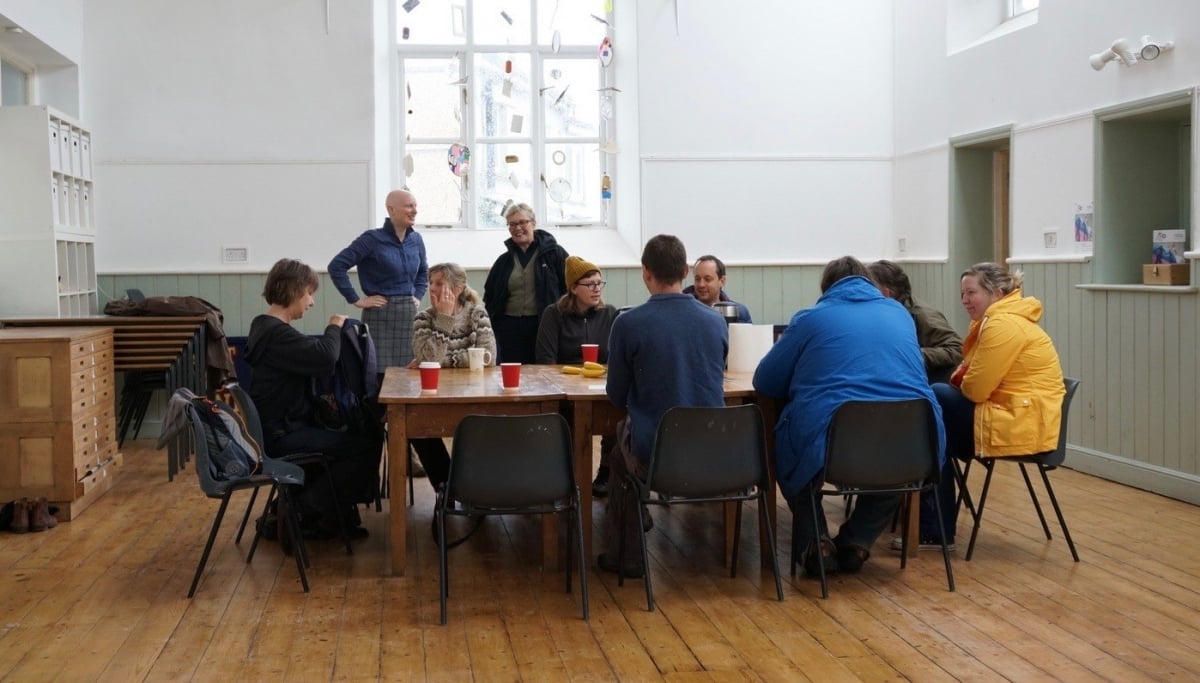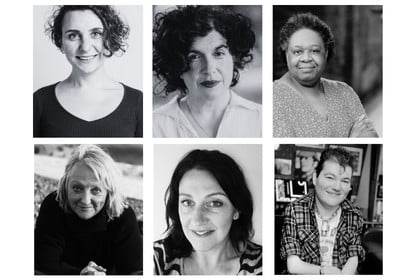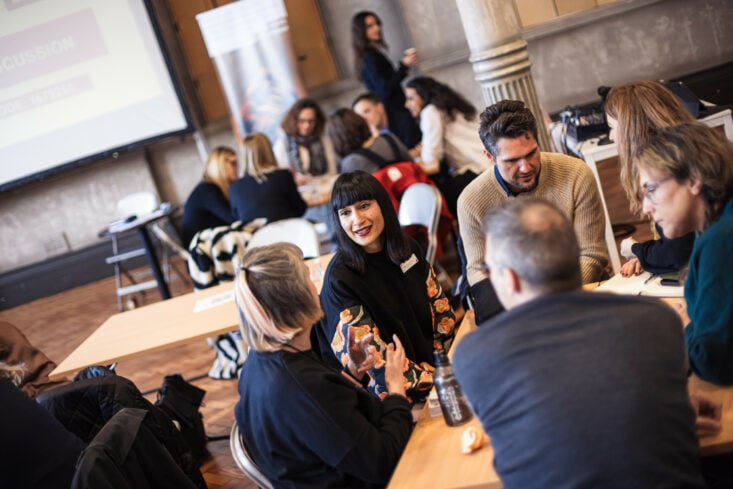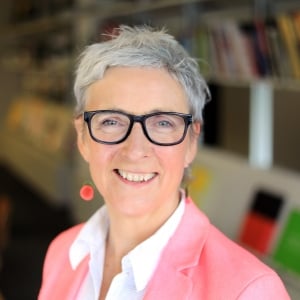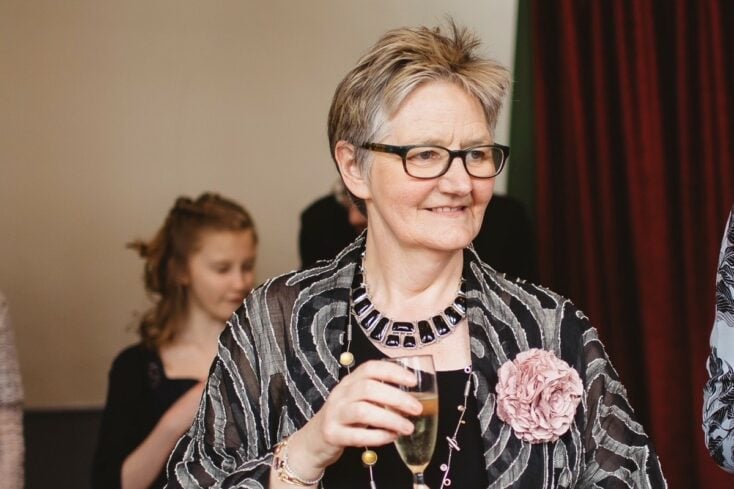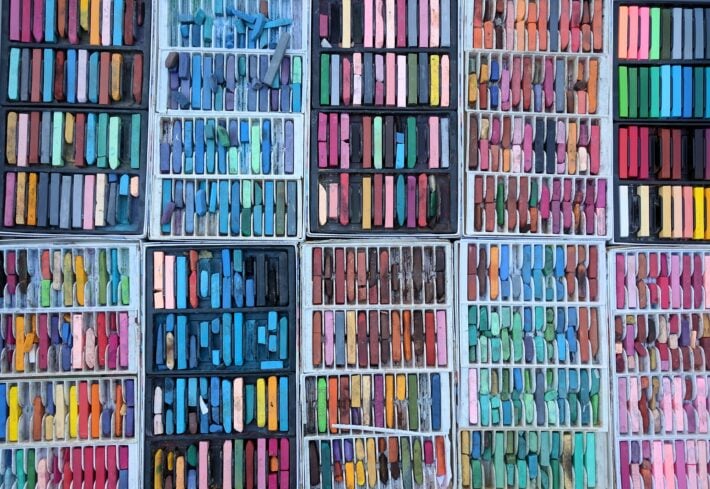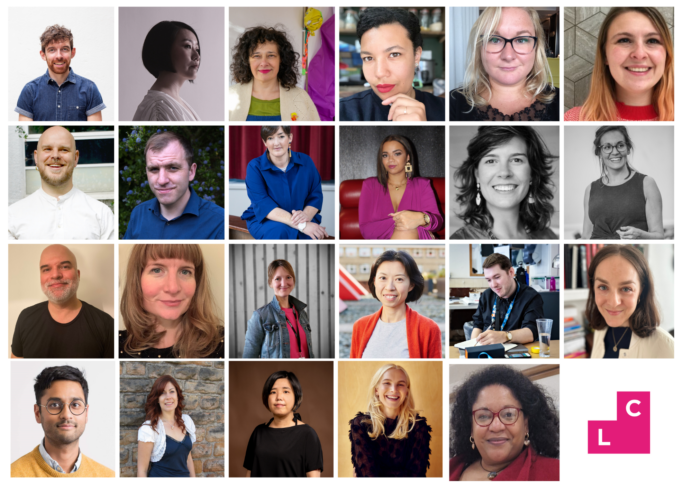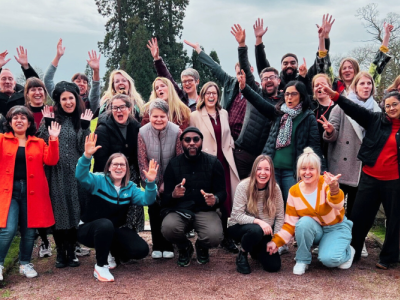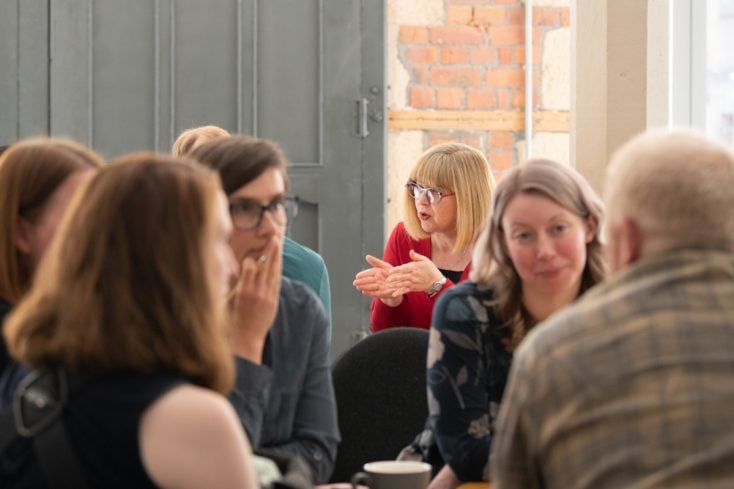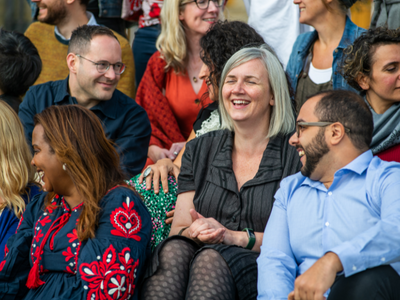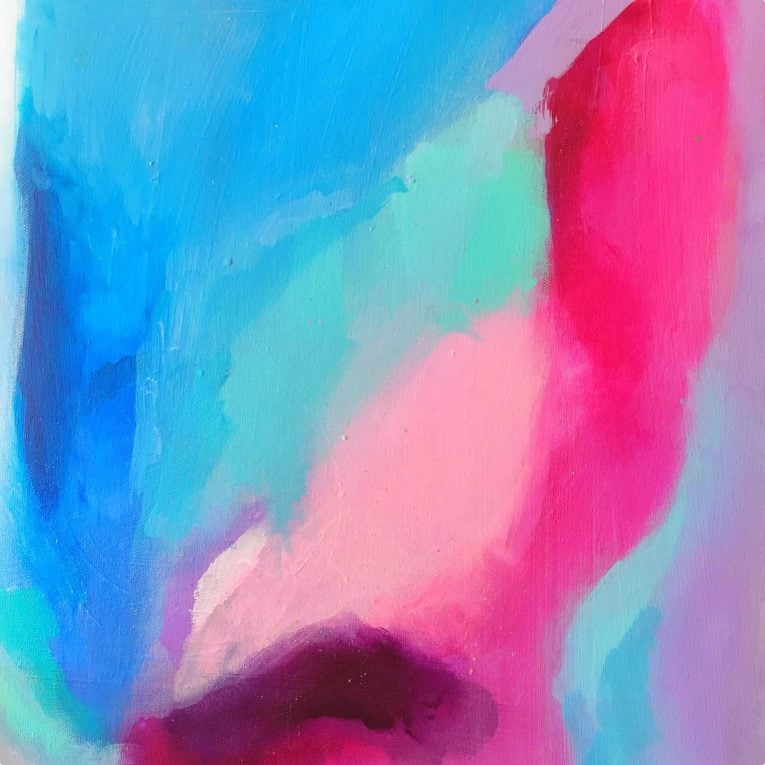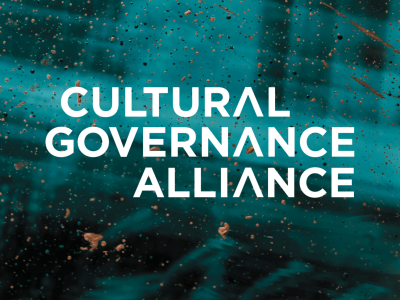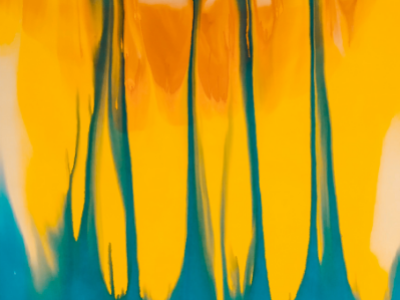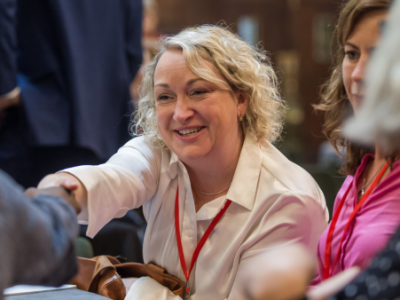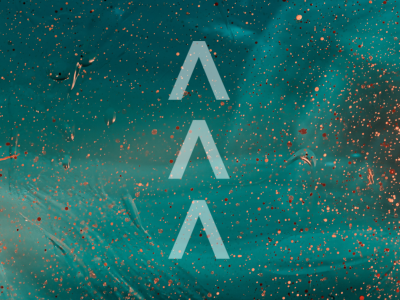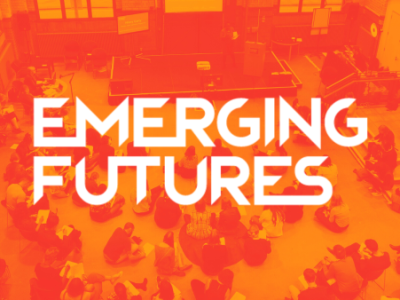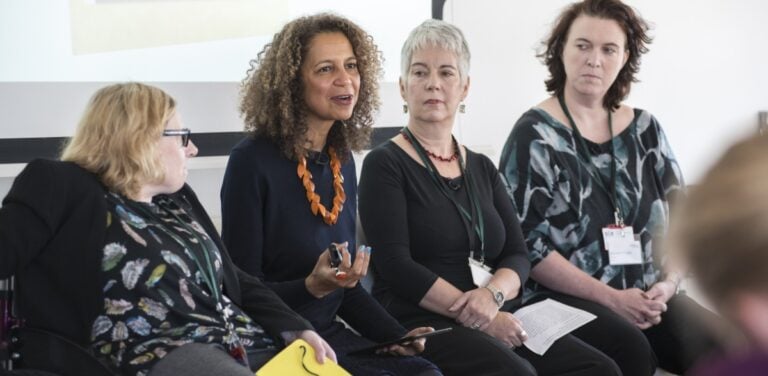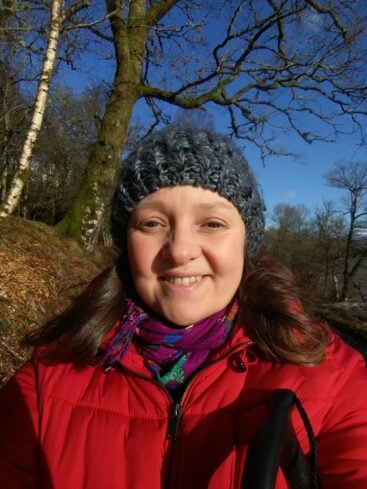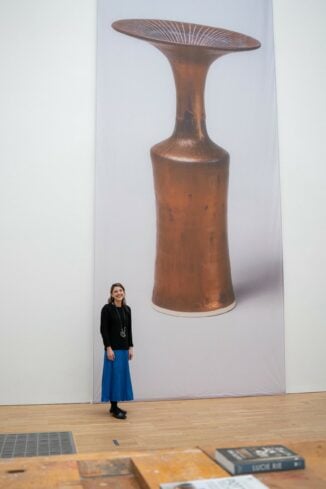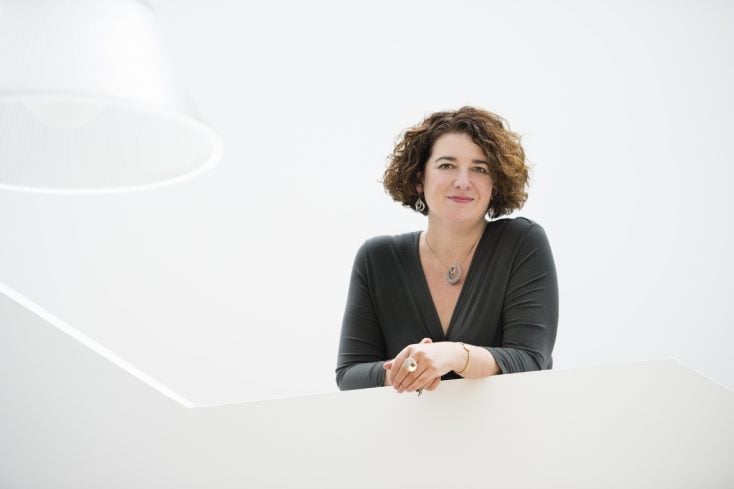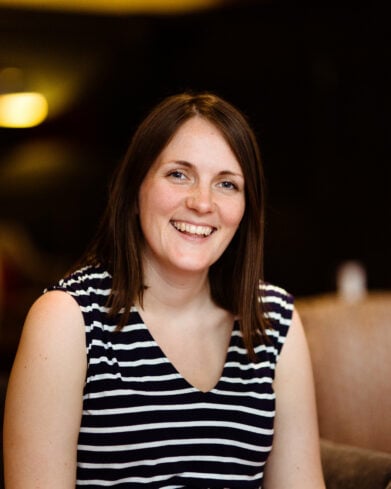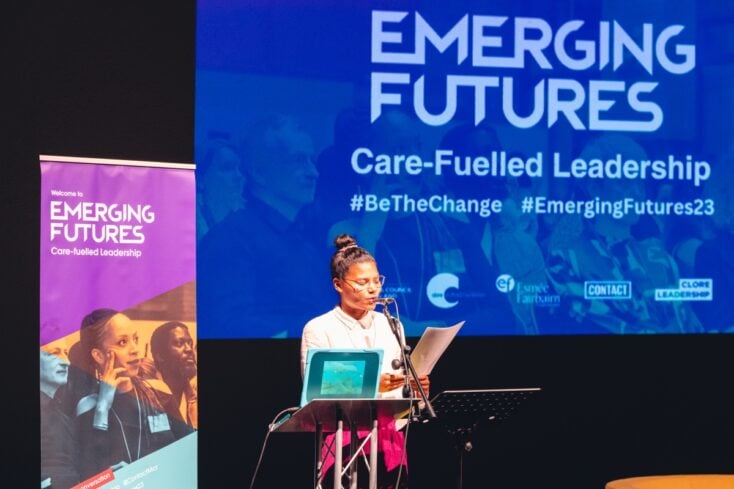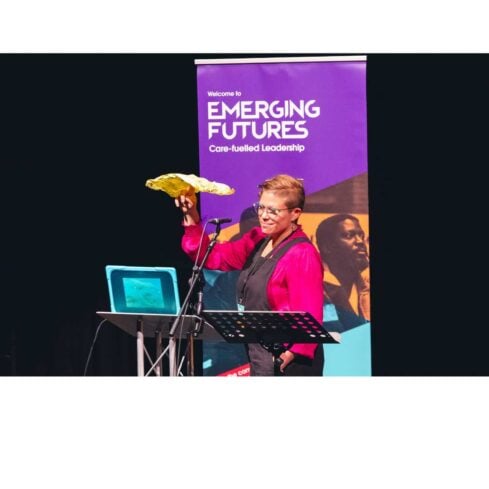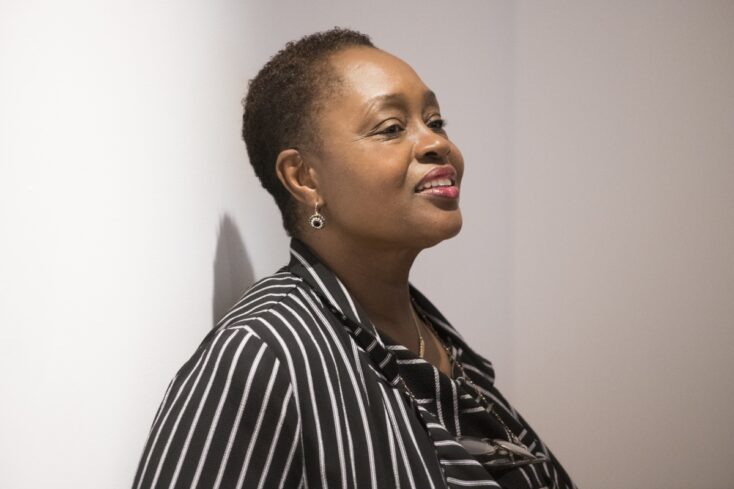The Power of Group Leadership: Sector Networks Taking a Lead in the Future of the Visual Arts
Clore 14 Fellow Rebecca Spooner explores how we can collectively envision the future and make change by sharing her recommendations for developing or strengthening a network.
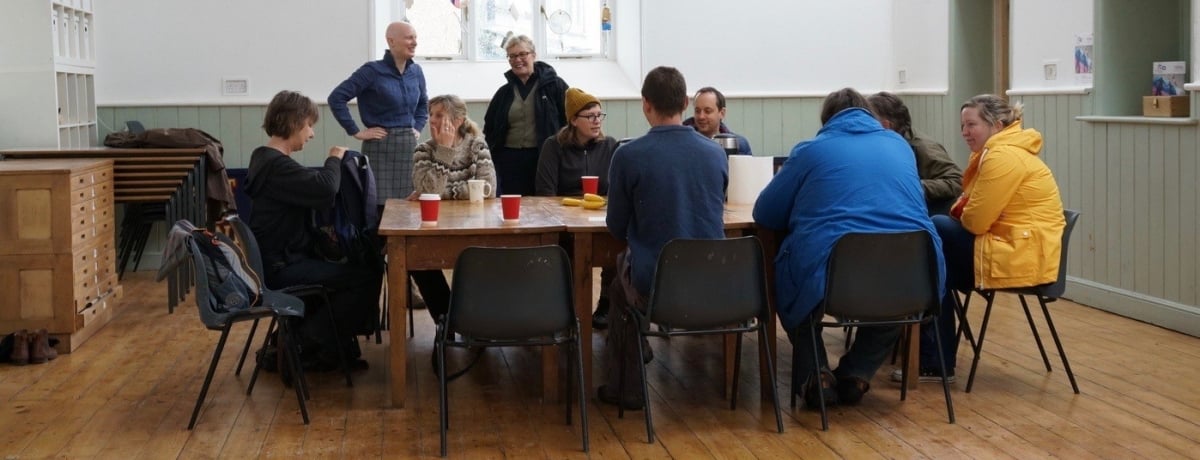
Rebecca Spooner lives in Abergavenny, Monmouthshire. Rebecca is the Creative Director of Peak, an arts organisation based in the Black Mountains that works with professional artists and communities responding to the rural environment. As part of her Clore Fellowship for 2017/18 Rebecca completed a three-month secondment at the Whitworth Art Gallery, Manchester.
Rebecca previously worked for a variety of arts organisations in Cardiff including Chapter Arts Centre and the Sherman Theatre before relocating to the Black Mountains in 2011. Rebecca was a visual artist for 10 years and a recipient of a Creative Wales Award by the Arts Council of Wales in 2013.
Since my involvement in Visual Arts Group Wales (VAGW) in 2016, I’ve become interested in how the visual arts sector can lead its own future. Surely as a united group we can achieve more than individuals alone, but how do we collectively envision the future and make change? VAGW is one of many such professional networks across the UK, involving individuals and organisations passionate about supporting and advocating for the visual arts on behalf of the sector.
During my Clore Fellowship, I’ve taken time to meet with the leaders of several of these networks, including Visual Arts South West (VASW), New Art West Midlands (NAWM) (both part of the England-wide Contemporary Visual Arts Network, CVAN) and Scottish Contemporary Art Network (SCAN). My intention was to find out more about the dynamics of a network, and how they’re able to galvanise and challenge a diverse membership to unite around a clear purpose and evidence their impact.
Based on these conversations I’ve set out four insights that I hope may be helpful to a network.
Shared values
“The power of the whole is greater than the sum of its parts – provided the whole has a clear identity and purpose.”
– Bright Ideas: The Creative Power of Groups, by Laurie Joan Aron, Harvard Business School
Establishing the shared values of a group is an empowering way of inspiring and prioritising meaningful action. In times of financial or political difficulty, it is easy for networks to become locked into a defensive and protectionist mentality, unintentionally fostering an attitude of lack and need that self-perpetuates and leads to stagnation. Focusing on a clear vision and agreed principles can support a network to navigate the challenges.
I was particular interested in a Visual Arts Manifesto produced in partnership by SCAN, Scottish Artists’ Union and Engage Scotland in December 2017, directly informed by membership data, surveys and consultations. The partnership states that the document is “a direct response to the current challenges facing the art sector as a whole” but also a “collective commitment to positive change”.
The manifesto includes 19 short statements, pledges or policy demands, such as:
We believe that art is vital for the health and wellbeing of individuals and society
We call upon policy makers to place culture at the heart of representative policy and decision-making
We pledge to take urgent action to create a visual arts sector that celebrates diversity and promotes equality of opportunity for all
The manifesto is an equal mix of inspiration and provocation, and sets out a positive statement of intent. I met with SCAN’s Director Seonaid Daly, who says “This is a live document that will be updated regularly. We commit to continuing our discussions with others, listening to and understanding different approaches and experiences.”
Establishing shared values informs the group’s strategic aims and objectives, ensuring the impact of any action can be measured. A three-to-five year strategic plan may choose to focus on the furthering of particular values or pledges, for instance diversity and inclusion, professional development or sector resilience, to channel resources and advance progress on a pressing issue.
A diverse ecology
Ecologies are proven to be more resilient if they’re diverse. A visual arts network, representative of the sector’s ecology, should demonstrate a healthy balance of interconnected relationships between large-scale, national revenue funded organisations, mid- or small-scale regional and community organisations, artist-led projects, freelance artists, curators and producers, recent graduates, and potentially connections with other sectors such as education, health, heritage and the creative industries.
Within those interconnecting relationships, there must be representation of different experiences, approaches, cultures and attitudes. Groups have to be entirely comfortable in challenging their thinking, and to seek out and act on a multiplicity of perspectives in order to learn from each other in a spirit of collaboration.
‘Questioning long-held beliefs and traditional ways of doing things is a painful but necessary step if group creativity is to be ignited.”
– When Sparks Fly: Igniting Creativity in Groups, by Professor Dorothy Leonard and Professor Walter Swap, Harvard Business School.
The alternative to questioning ourselves is the same proliferation of defensive attitudes as previously mentioned, and an increased danger of isolation and irrelevance.
Mark Robinson is Director of Thinking Practice, a consultancy that “helps the arts, cultural and other sectors be more creative, more adaptive and more resilient”. On his blog, Robinson illustrates how the sections of an arts ecology may interrelate, showing a series of “nested systems”, where what happens in one impacts on the other. Robinson states: “the centre of this schematic version of an arts ecology is the individual artist. Without that centre system – what artists are doing, how they are innovating and evolving – little change will occur elsewhere.”
As much as organisations like to talk about creative risk taking, it is always the individual artist that is in the most vulnerable or risky position. Artists are acutely aware of the difficulties of sustaining an arts practice and what is needed to support the ecology from the roots up.
I believe it is essential to include independent practitioners within a sector network. Additional funds are required to contribute to the unpaid time and travel expenses of freelancers to take part, but it is vital to have a counter balance to a meeting room full of salaried voices. This inclusion enables artists and organisations to strengthen their connections, to have a deeper understanding of each other’s needs and concerns, and to collaborate on sustainable solutions – boosting the health and resilience of the arts ecology as a whole.
Different models for different contexts
During my research into sector networks, I came across a wide range of management models. There are strengths and weaknesses to each. I feel the most successful structures are highly responsive to the context in which the network is generated, and represent the distinctiveness of the visual arts produced in that region or country and the resources available to it.
While membership payment for arts organisations is quite usual within sector networks, increasingly where there is membership for individuals, paid subscriptions are being revised and members are being offered a free sign-up to an e-newsletter to be kept informed of news and opportunities. The administration involved in managing a paid subscription service and the unrealistic levels of expectation in return for a nominal financial transaction make it unfeasible for networks with limited resources to deliver such a scheme. However, a broad membership (even based on free subscription) is a valuable asset for the purposes of consultation, advocacy and diverse representation.
I came across various governance models for networks during my research. Several of the CVAN networks are linked to National Portfolio Organisation agreements with Arts Council England, for example Spike Island is the host for VASW, Baltic for North East Contemporary Visual Art Network and Modern Art Oxford for CVAN South East.
SCAN is a registered charity and I found other networks considering the possibility of independent charitable status to achieve greater public benefit, supported by a wider range of trusts and foundations.
Many networks that cover a large geographical area ensure equal representation of rural and urban art contexts, and are attuned to the particular needs of different locations, thanks to Regional Co-ordinators and Regional Chairs. These are the eyes and ears who are able to provide network committees with direct feedback from their locale.
Some networks have forged mutually beneficial partnerships with higher education institutions, the health sector and creative industries, recognising the interconnectedness of the arts, and welcoming other perspectives and additional resource. NAWM is a particularly interesting example, having built a lead partnership with Birmingham University, which employs NAWM Director Craig Ashley as well as a co-ordinator post, provides office space and is the grant holder applicant to Arts Council England on behalf of the network.
NAWM has an executive committee that leads on all aspects of governance, financial compliance and management, chaired by Gavin Wade, Director of Eastside Projects, and made up of four leading arts organisations and four university partners. In addition, NAWM has an advisory group that informs the Executive Group on the network’s external programme and the development of a regional visual arts strategy. The Advisory Group is made up of NAWM’s six higher education partners, four independent artists and curators, and four arts organisations from across the region, each contributing to a particular area of specialism such as diversity, research, evaluation and curating.
Visible and vocal
How do we ensure that we are not merely talking to ourselves, but creating strategic benefit for the whole visual arts sector and generating value for wider society? It is important for networks to have a sense of identity, and to communicate effectively about what they do and how they do it. The organisations I visited were highly aware of the need for profile and not simply as a social media exercise (although some are certainly successful at online engagement – VASW has a social media reach of 25-30,000). I noted three aspects of profile raising that particularly resonated: Public programming, advocacy and cross-border collaboration.
Many networks deliver high-quality public programmes, supported through additional funding, in order to respond to demand from the sector and reach a wide group of beneficiaries. Interesting examples included SCAN’s Curatorial Studio, a peer-learning and development project that supports Scotland-based curators in the early stages of their career, and Engine, a collaboration between NAWM and the New Art Gallery Walsall, which offers a professional development programme of public talks and events, studio visits, away days, bursaries and mentoring. This lively content makes manifest the activities of the network, opening up discussion from behind the closed doors of quarterly meeting rooms, and welcoming people to participate in tangible and measurable ways.
Advocacy for the sector is one of the main priorities for the networks I met with. They understand the importance of communicating consistently as a collective force, to the right people and at the right time, about what they do. I saw various examples of advocacy work, from regular dialogue with policy makers, to taking on commissioned research providing an analysis of the sector at a specific juncture, producing resources such as online art maps of regional activity, or being proactively involved in national campaign groups such as Creative Learning Alliance, What Next?, or a-n’s Paying Artists. The emphasis may be on a coherent, united voice but advocacy is not just the just responsibility of the network; individual and organisational members are expected to reinforce the message through their work.
Cross-border partnerships, whether traversing regional or national boundaries, enable a network to broaden its perspective and learn more about its own circumstances by understanding those of others. A visual arts network has the opportunity to support the international ambitions of the sector and to make fruitful connections with organisations that have a complementary context or ethos, where mutual learning and sharing of good practice can take place. In a recent meeting with Eluned Haf, Head of Wales Arts International, I was offered a key piece of urgent advice: above all else, get networked. Taking international responsibilities seriously requires a stretching out from one’s own location. Through mutual exchange, networks can contribute to the health of each other’s sectors, thus extending the value and relevance of their work.
Conclusion
During the course of my research, I’ve become convinced by the potential of networks to empower artists and arts professionals, not only to confront the challenges of the day but also to confidently shape the future of their sector based on a shared, long-term vision.
Throughout this paper I’ve highlighted just four recommendations that I hope are useful to consider in developing or strengthening a network: Shared values – identify and focus on collective values as the driving force of a network, A diverse ecology – ensure a multiplicity of perspective and experience within the group dynamic, Different models for different contexts – build an authentic and responsive management model and Visible and vocal – communicate your narrative with clarity and consistency.
I was introduced to a very simple yet valuable question through the Clore Leadership Programme, which I keep coming back to: what do you need to do your best work? If you can begin to articulate an answer at an individual, organisational and then sector level, and keep checking in with it, you’ll have a foundation from which you can take action for positive change.
Themes Alumni Journeys Qualities of Leadership Sector Insights
